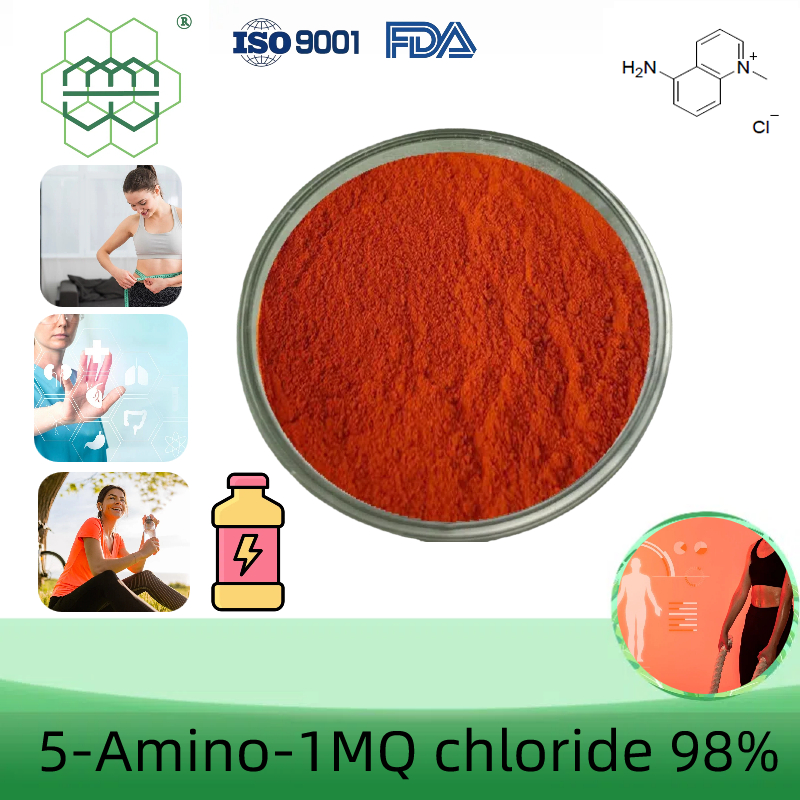-
Categories
-
Pharmaceutical Intermediates
-
Active Pharmaceutical Ingredients
-
Food Additives
- Industrial Coatings
- Agrochemicals
- Dyes and Pigments
- Surfactant
- Flavors and Fragrances
- Chemical Reagents
- Catalyst and Auxiliary
- Natural Products
- Inorganic Chemistry
-
Organic Chemistry
-
Biochemical Engineering
- Analytical Chemistry
-
Cosmetic Ingredient
- Water Treatment Chemical
-
Pharmaceutical Intermediates
Promotion
ECHEMI Mall
Wholesale
Weekly Price
Exhibition
News
-
Trade Service
The picture shows the picture of spatial rice native rice and regenerated rice, showing the phenotype
of spatial rice ear and shell.
Xinhua News Agency
At 20:09 Beijing time on December 4, the Shenzhou 14 manned spacecraft return module successfully landed
at the Dongfeng landing site.
On the same day, the third batch of space science experiment samples of the manned space station descending with the module were delivered to the space application system at the landing site, and returned to Beijing in the early morning of the next day, successfully arrived at the Space Application Engineering and Technology Center of the Chinese Academy of
Sciences.
The returned samples included 3 cold packs of biological samples and 1 uncontainerized sample bag, of which 3 biological samples were cold-packed with experimental samples of rice and Arabidopsis thaliana and 4 boxes of experimental samples
without container-free material in the containerless sample bag.
Rice and Arabidopsis seeds undergo a full life cycle
of 120 days.
Rice is the main food crop for mankind and the main candidate for future manned deep space exploration life support systems
.
The use of space microgravity for rice breeding is also one of the important directions of
space botany research.
If humans want to survive in space for a long time, they must ensure that plants can successfully reproduce seeds
in space.
Previously, only the cultivation of Arabidopsis thaliana, rape, peas and wheat from seed to seed had been completed in space, while rice, the main food crop, had not been able to complete the full life cycle of rice in space
.
In the life science project of China's space station, the research team of Zheng Huiqiong of the Center for Excellence in Molecular Plant Science of the Chinese Academy of Sciences undertook the "molecular mechanism of flowering regulation of higher plants under microgravity conditions", and carried out the first spatial cultivation experiment of the whole life cycle of rice from seed to seed in the world
.
At the same time, flowering is the prerequisite for seeding, and the research team also systematically studied the effect of
spatial microgravity on plant flowering using the model plant Arabidopsis.
This project carried out experiments in orbit for a total of 120 days, and completed the cultivation experiments of Arabidopsis thaliana and rice seed germination, seedling growth, flowering and seeding
.
During this period, astronauts conducted three sample collections in orbit, including rice samples collected during the pregnant ear stage on September 21; Arabidopsis thaliana flowering samples were collected on 12 October and samples at the ripening stage of rice and Arabidopsis thaliana seeds on 25 November
.
After collection, samples at the flowering or pregnant stage were stored in a cryogenic storage cabinet at minus 80 degrees Celsius, and samples at the seed maturity stage were stored in a cryogenic storage cabinet
at 4 degrees Celsius.
On December 4, the sample returned to the ground
with Shenzhou XIV.
After handing over the samples in Beijing as planned, they were transferred to the Shanghai laboratory for further testing and analysis
.
The main experimental contents completed by this space project include: the cultivation experiment of the whole life cycle of rice from seed germination, seedling growth, ear extraction and seed setting was completed in orbit and analyzed by acquiring images; After the completion of cutting, the spatial regeneration rice was successfully cultivated and produced mature seeds (two stubbles); The image observation and analysis of the spatial microgravity response of Arabidopsis seed germination, seedling growth and flowering key genes regulated by different three biological clocks were completed in orbit, and samples were collected in orbit
.
Experiments preliminarily found that the plant type of rice became looser in space, mainly because the angle between stems and leaves became larger.
Dwarf rice became shorter, and the height of tall rice was not significantly affected
.
In addition, the spiraling movement of rice leaf growth controlled by the biological clock is more prominent
in space.
The flowering time of the rice space is slightly earlier than that of the ground, but the filling time is extended by more than 10 days, and most of the shell cannot be closed
.
Flowering time and shell closure are important agronomic traits of rice, both of which play an important role in ensuring full reproductive growth of plants and obtaining high-yield and high-quality seeds, which are regulated by gene expression and will be further analyzed
using the returned samples.
Conduct regenerative rice experiments in space and obtain seeds of regenerated rice
.
Two rice ears can be regenerated after 20 days from cutting, indicating that it is feasible to regenerate rice in a closed environment with limited space, and provide new ideas and experimental evidence
for the efficient production of space crops.
This technology can greatly increase the yield of rice in the volume, and it is also the first regenerative rice technology
in the world to be tried in space.
For the first time, the key genes of the space circadian clock regulating photoperiod flowering were studied
.
Using gene mutation and transgenic methods, three kinds of Arabidopsis thaliana with different flowering times were constructed, namely: early flowering, delayed flowering and normal flowering (wild type), through the observation and analysis of the growth and development of Arabidopsis thaliana in space, it was found that the response of key genes of flowering to microgravity was significantly different from that on the ground, and the flowering time of Arabidopsis thaliana with early flowering on the ground was also greatly extended
under microgravity conditions.
In addition, the hypocotyl of Arabidopsis thaliana was over-elongated after the mutation of the biological clock gene, indicating that the expression of the biological clock gene was very important for maintaining the normal morphology of Arabidopsis thaliana growth in space and adapting to the space environment, which provided a new direction
for the future use of modified flowering genes to promote the adaptation of plants to the space microgravity environment.
The follow-up research team will further use the returned materials to further analyze
the molecular basis of Arabidopsis thaliana adaptation to the space environment.
At the same time, 4 boxes of experimental samples
without containers were returned.
The containerless material experiment cabinet is the first domestic and the second international experimental facility of the same kind successfully operated in orbit, so far it has achieved stable operation in orbit for more than 590 days, successfully completed 7 boxes of material samples in orbit experiments, and successfully heated 73 samples
.
Through long-term on-orbit experiments, the space application system has made breakthroughs and mastered a series of key technologies, obtained a large number of important scientific data, revealed a number of new phenomena in space experiments, and produced some preliminary results through ground analysis and research, and published many papers
in many internationally renowned top journals.
Subsequently, scientists will continue to accelerate the research on the deep condensation solidification process of new metal alloys and the measurement of thermophysical parameters to obtain the key conditions of the ground high-performance preparation process and guide the preparation of
new ground materials.
(Edited by Li Chuang).







